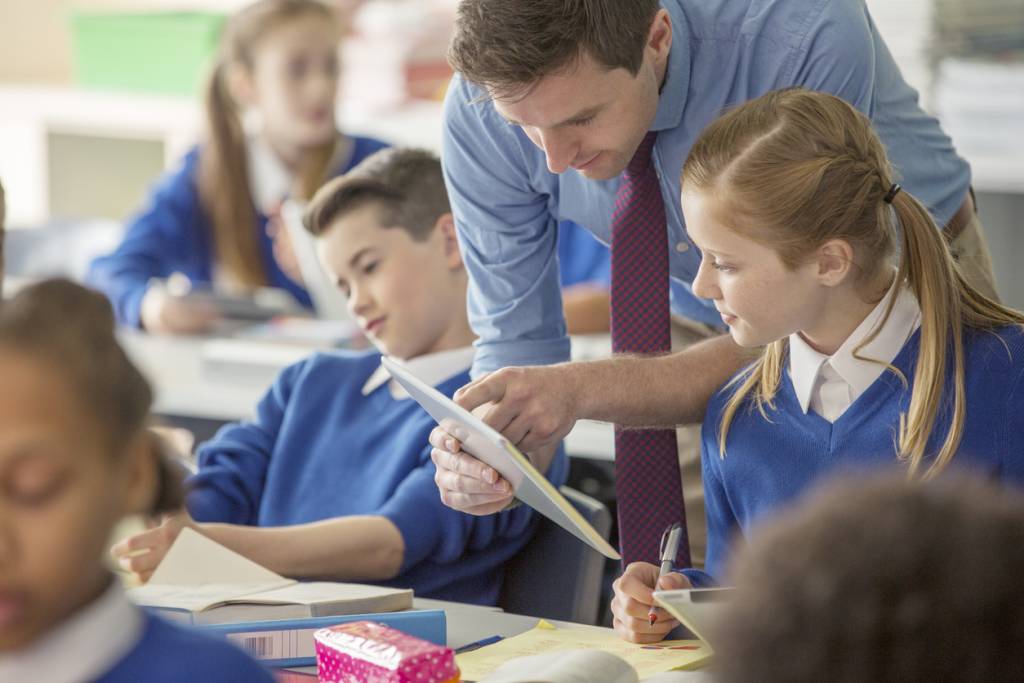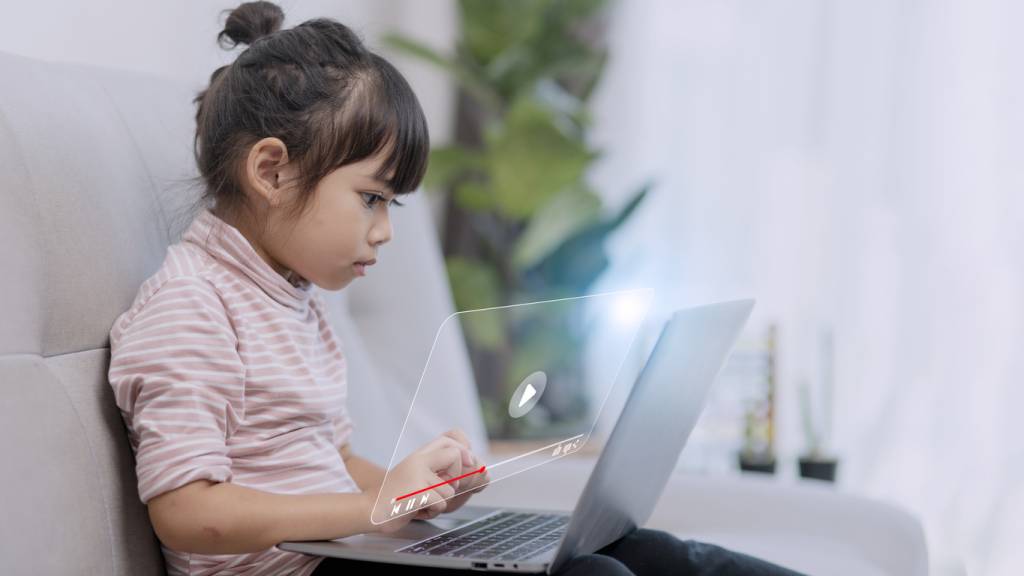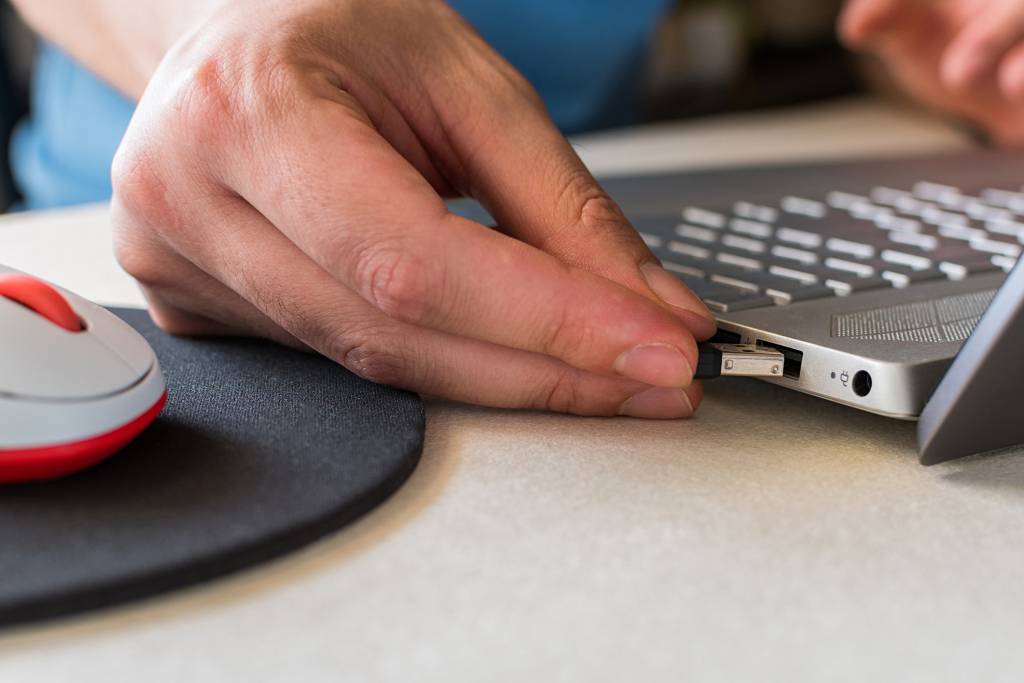
The value of ed tech tools in the classroom
When we think of technology and its advancements, we typically think of the latest smartphone, app, electric car, or virtual reality experience. It’s, therefore, easy to overlook it as an essential part of the classroom experience. However, as many schools strive to offer their pupils the best education possible, the use of technology in the classroom is growing in popularity as the benefits it can bring are uncovered. As a result, teaching methods are starting to reflect our societal shift to an online, digital way of living.
Digital transformation in schools has become crucial for today’s learners – even the most basic tasks such as purchasing goods, keeping in contact with friends and family, or booking appointments has gone digital. Added to this is the growing demand for digital literacy in the workplace and technical-based jobs. It’s unsurprising then, that many schools are incorporating ed tech tools and practices into their classrooms to enhance learning and better equip students with the necessary skills for the future.
What is ed tech?
Education technology, or “ed tech” is the practice of using information and communication technology tools in the classroom to provide more interactive, inclusive, and personalized learning experiences. Ed tech can take many different forms in the classroom; it could be software, hardware, or other materials that teachers and students utilize to facilitate learning. Examples include using laptops or tables to complete work, screen-sharing, incorporating videos into lessons, playing educational podcasts, or introducing game-based learning platforms.
Although ed tech was present in classrooms prior to 2020, Covid-19 has been credited as drastically accelerating digital adaptation in education, as schools were forced to turn to virtual learning during government restrictions.

How ed tech tools have transformed the classroom
The traditional ‘chalk and talk’ role of the teacher is being updated with a ‘guide on the side’ role, where active learning is more of an objective and students are encouraged to participate in the lesson and engage with the material in their own ways. Using a digital lesson delivery approach in the classroom means that there is less waste, more dynamic content, ease of creation, and lessons can be delivered to the students to engage with outside of the classroom.
According to McKinsey statistics, students who attend schools with sufficient technology devices perform better than those who don’t have access to technology. As a result, education technology is now an industry of its own and numerous changes are being made in classrooms as a result of the influx of ed tech tools. Ed tech has made inclusive learning feasible by bridging the gap in communication between teachers and students. Teachers and students use technology in the classroom in a variety of ways to enhance learning and make education better than ever.
Here are a few ways that ed tech is being incorporated into the classroom:
Videos
As a teacher, when introducing your students to new knowledge, concepts, and skills, you are continuously seeking to demonstrate more rather than solely explain things, i.e., show and tell instead of the classic chalk and talk. The aim is to find as many ways as possible to make key information crystal clear and of course, keep students engaged. Videos are a useful way to improve classroom engagement while also tailoring the lesson to your students’ different learning styles.
According to a Management Information Systems Research Center study at the University of Minnesota, people process visuals 60,000 times faster than they process text. We examined the benefits of video in the classroom in one of our latest blogs.
Gamification
Gamification is the process of combining playing and learning. This can be done by using game-like simulations, learning exercises, leaderboards, and other elements of games to make learning more interactive and entertaining.
In addition to the fun these types of tools can bring, gamification also allows for immediate feedback, options to fail and try again, and observable progress in the game/lesson. This all helps to give students feedback on their performance while giving teachers insights into material comprehension.
Podcasting
Playing relevant podcasts can be an effective way to enhance and deepen learning, engage auditory learners, and make lessons more interesting. They are excellent for improving active listening in class and are available on any topic under the sun. Podcasts can be downloaded, played repeatedly, sped up, slowed down, shared, stitched together, and cropped – and students can listen to them again at home.
Robotics
Educational robots allow students of all ages to deepen their knowledge of robotics and coding, while simultaneously developing other cognitive skills such as teamwork, learning from mistakes, creativity and adaptation. In the Finnish city of Tampere, schools have actually started testing a social teaching robot, which is mainly used for language and math learning.
Screen sharing
Screen sharing is a way to show your exact desktop, laptop, phone, or tablet screen (or an application window of the screen) on displays in other locations. You generally share a window of activity with your audience, for example, a Chrome browser.
Wireless screen sharing allows students to make their thinking visible for the rest of the class. Introverted students may find it easier to collaborate with their peers by screen sharing from their desk, opposed to having to stand at the front of the room to present.
The benefits of ed tech
Technology is expanding learning opportunities for students of all ages and encouraging inclusivity and collaboration in the classroom. Here are four significant ways that ed tech positively impacts the way students learn:
1. Student experience
Ed tech can make lessons more engaging. Technology is a big part of students’ lives outside of school. It, therefore, helps to engage them more by bringing familiar tools inside of the classroom. Students have fun while learning about important topics, which helps to keep them motivated and enthusiastic about the material.
2. Technology better prepares students for the future job market
Traditional education may be great at providing fundamental knowledge about important topics. However, most modern jobs require some level of digital skill, such as creating and collaborating on online documents, researching, and communicating effectively online. Through the use of ed tech, these skills can be developed, better preparing students for further education and beyond.
3. Increased collaboration
Digital tools like text processors, spreadsheets, scientific calculators and online presentation makers make it easy for students to collaborate on group projects and tasks together. This also gives them experience in creating and presenting material digitally.
4. Accommodates multiple learning styles
Traditional ‘one-size’ fits all approaches to teaching have tended to be the norm in classrooms, but there’s a growing body of evidence that supports more nuanced, personalized approaches to lesson delivery. Students are unique, and they differ in their strengths and how they respond to different teaching methods. Technology can be an effective way to accommodate various learning types in the classroom.
For those with a visual learning style, using YouTube videos or a PowerPoint presentation with images can extra effective. Listening to educational podcasts can work well for auditory learners. And for kinaesthetic learners (those that need to perform interactive activities to understand new concepts), digital quizzes, digital drawing materials, and educational games can make learning more hands-on.
Make lessons more dynamic with DisplayNote screen sharing tools
DisplayNote screen sharing tools are made for the classroom, making it easy to for you and your students to share your content.
For sharing your content to the big screen at the front of the room, Montage is a wireless screen sharing tool. Whether it’s a video, presentation, document, or webpage – Montage makes it easy for teachers and students to wirelessly screen their share from any device.
DisplayNote has made screen sharing really accessible for our students, especially the younger students who have a lower grasp of technology… There’s no complicated setup process for teachers or students; the technology is easy to use and easy to adopt.
Britney Horton – Digital Coach, Denver Public Schools
Want to stay in the loop?
Keep up-to-date with everything DisplayNote – including new releases, job openings, and customer giveaways.
Don’t worry, we’ll not spam you and we’ll never share your email with anyone







